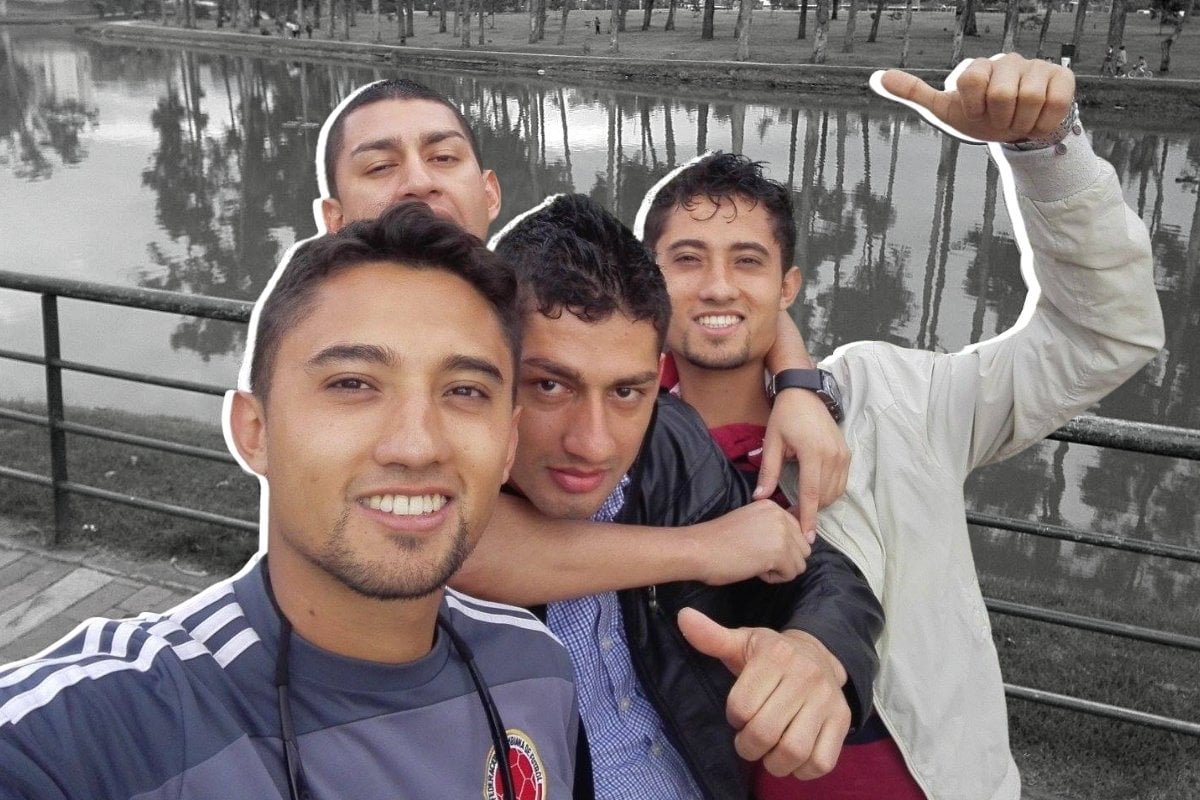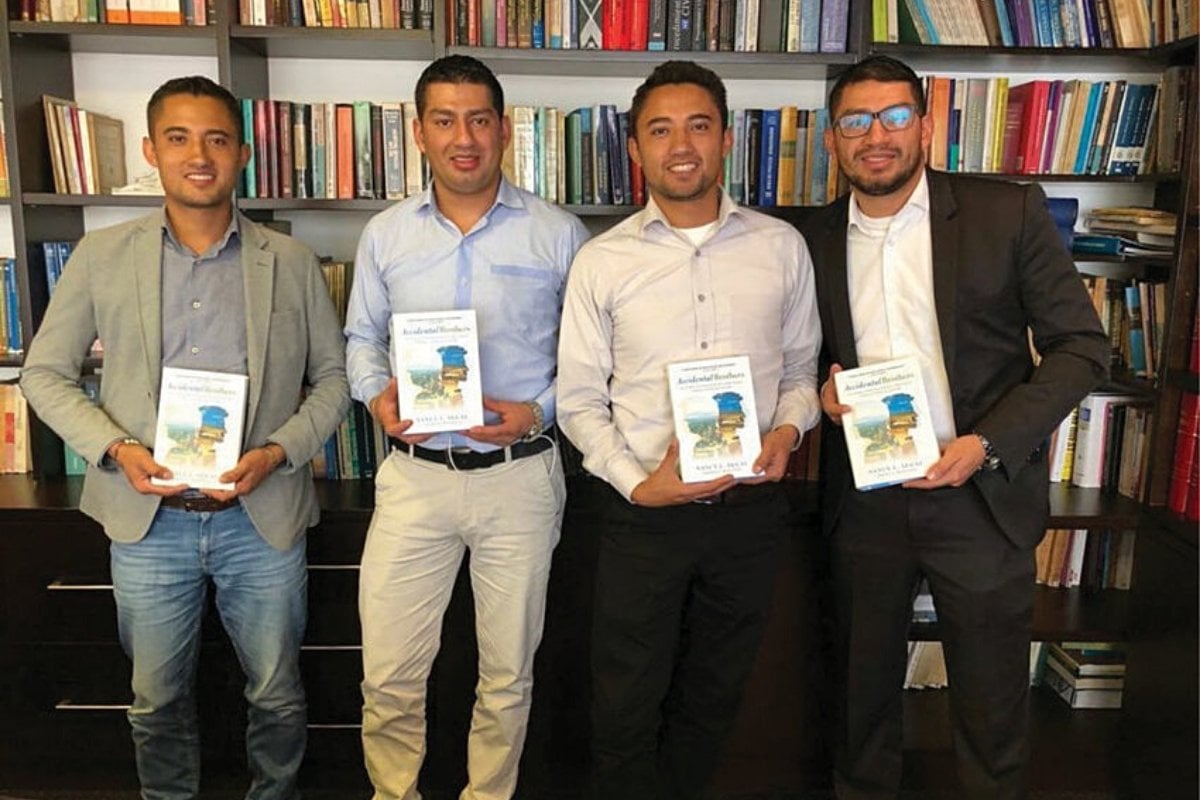
It all unravelled in a butcher's shop in the summer of 2013. The reason William looked different from his family, the reason Carlos felt like an outsider in his; all explained courtesy of a chance encounter over pork ribs.
***
Laura Vega Garzón followed her friend into the butchery in northern Bogotá, their home city and the capital of Colombia. She didn't normally shop this far outside the city centre, but she was preparing to host a barbeque at her home and knew the market was a good source for reasonably priced meat.
Her friend, Janeth, knew one of the men who worked at this particular butchery, and as Laura's eyes settled on him, she realised she did too.
Jorge was employed at the same engineering firm as her, designing oil transport pipes. She smiled and waved, as she pondered what her colleague may be doing behind the counter of a market shop. He didn't wave back.
Janeth introduced the man as William, her boyfriend's cousin and the manager of the butchery. This man, though he was the spitting image of Jorge, had a thick country accent. He'd never worked in an engineering firm; he didn't even go to high school.
He was, it would later emerge, the identical twin Jorge never knew he had.
But as documented in the book Accidental Brothers: The Story of Twins Exchanged at Birth and the Power of Nature and Nurture, Jorge and William weren't the only twins separated at birth; their brothers, Wilber and Carlos, were too.



